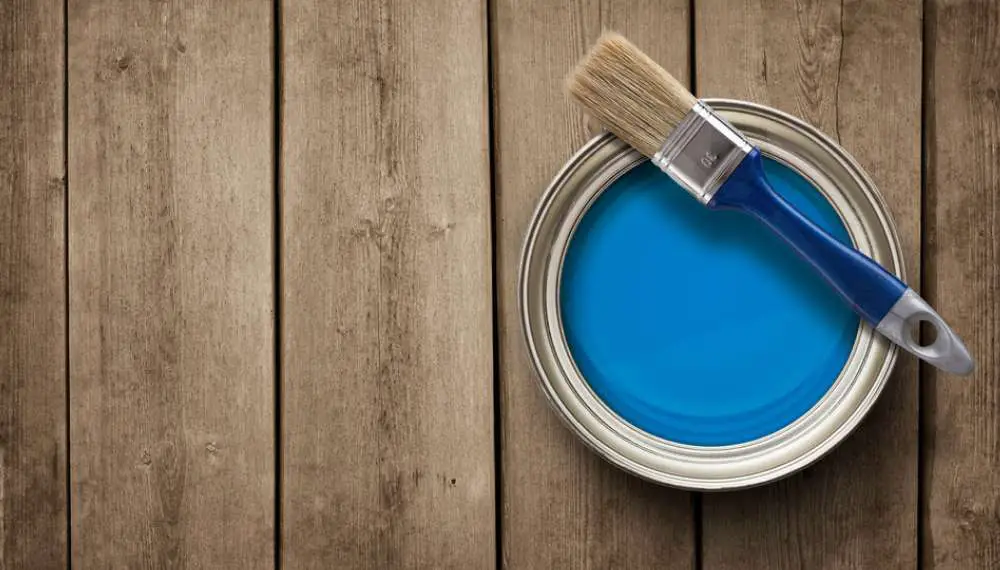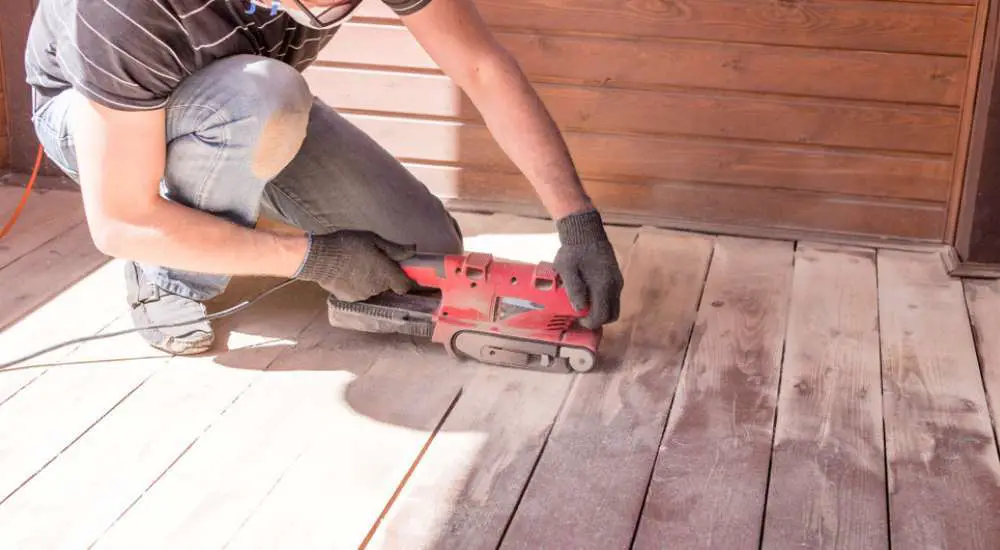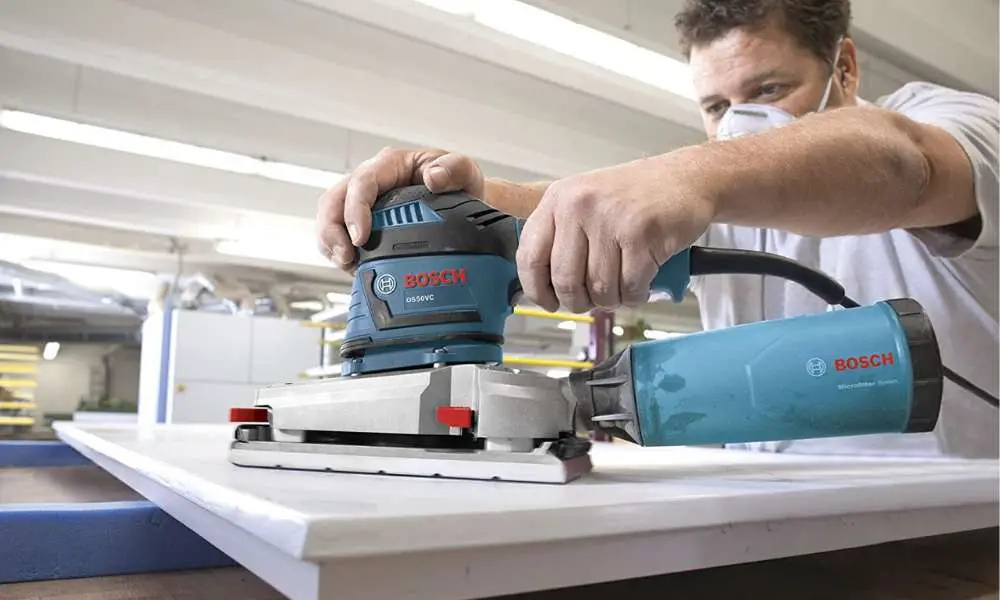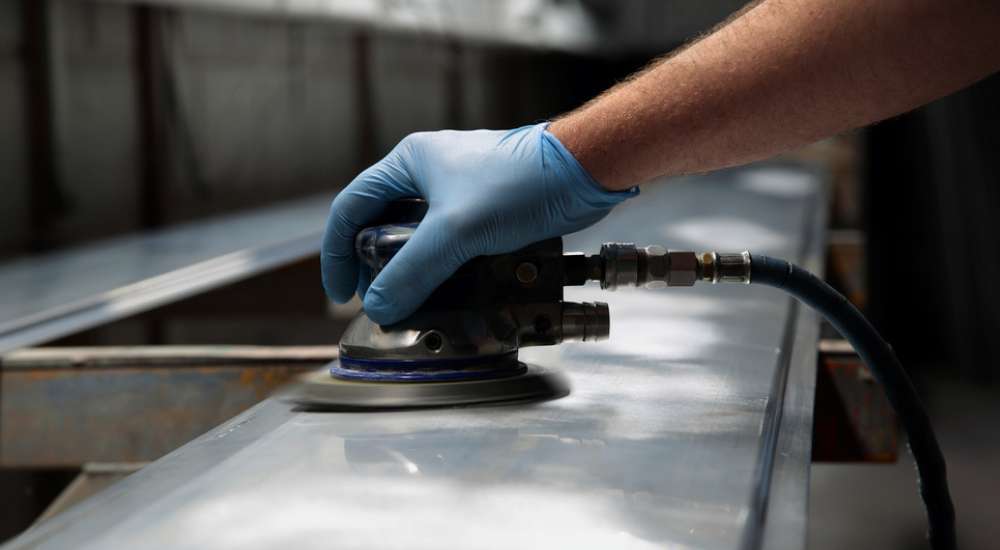
Have you tried to paint your home, furniture, gate, or car with a spray gun but received horrible results? You probably wondered what you might have got wrong. Well, I may have the answer you have been looking for. The main reason your painting did not produce satisfying results could be that you used the wrong type of paint. You probably used an oil-based paint, which ended up drying and hardening too fast and created a mess.
What you should have done was thin the paint to make it easier to spread on the surface. Keep reading to find out how to thin oil based paint for a spray gun. Below is a detailed step-by-step guide on how to prepare the paint in order to end up with pleasing results. We hope this article will help shed some light on which step you could have missed or where you went wrong in your previous painting attempt.
Contents
Requirements for making thin oil based paint
Since thinning is a process of making oil based paint to be more fluid, it will require the use of thinning substances. Some of the thinning substances we recommend for use include:• Mineral spirit• Turpentine• Lacquer thinnerThe above substances work by breaking the viscosity of the paint making it easy to spread on surfaces.
Tools and materials required
In order to have an easy process thinning paint, you need to have the relevant tools and materials required. Some of the important items that you should have on standby include:• Facemask• Stick• Overall• Apron• Thinner (turpentine, mineral spirit, or lacquer thinner)• Special containers• Warm water (in a bucket)• Spray gun
Instructions
Below is a breakdown of the step-by-step instructions for thinning oil-based paint to use in a spray gun.
Wear appropriate attire
The first thing you should do is put on the right protective gears. This is necessary because oil based paints can be harmful. The paint exudes a strong smell that may have serious side effects on you such as cancer. The risk is high especially when the paint is inhaled continuously for a prolonged period of time. Therefore, a facemask or gas mask should be part of the attire.A pair of gloves will also come in handy. Paint hardens on the skin and if it gets on your hands, you may have a hard time getting it off. Some people are allergic to some of the chemical elements in paint. To avoid suffering from breakage of skin or skin irritation, ensure you use gloves to shield your hands.
Another important protective gear you should have is the overall. Because paint tends to stick on clothes, you can protect your delicate fabric by putting on an overall before commencing the paint application. There is no reason to throw away that great shirt or pair of pants because you spilled paint on them.
Transfer the paint to a container
After the protective gear is all set, go ahead and pour the oil-based paint into a container. Ensure that you first estimate the amount of paint you will need so that you can transfer the correct amount. Go for a container that is large enough to hold the amount of paint you need.When pouring the paint, do it in a slow careful manner so avoid over spilling the paint. Take note of the calibrations to pour the right amount. You need to transfer the paint to a different container to enable proper and easier mixing with the thinner.
Add the thinner
After a successful transfer of the paint from its original container to a different one, add the thinner of your choice to the container. If you do not know the right amount of thinner to add, you can check for the manufacturer’s recommendations. Reading the instructions on the thinner is therefore not negotiable.The average standard ratio that is mostly used during thinning is 1:3. This entails mixing 1 part of thinner to three parts of paint. You should carry out this process carefully and slowly in order to get the correct amount of mixture. Moreover, you do not want to waste the products by spilling some paint or thinners to the ground.
Pro tip:
If you want to thin an oil-based paint, petroleum based thinner or mineral spirits will produce the best results. In case you are using latex paint, you can thin it by simply using water.
Stir carefully
Immediately after you add the thinner to the paint, ensure that you stir the mixture thoroughly using a stick. The best way to achieve this is to start with a slow stir, and then pick up the pace as you feel the paint getting lighter (thinner). Again the reason to do this with much caution is to avoid any paint or thinner spillages.
Test the result
After stirring the mixture until the paint becomes sufficiently thin, you can then test the end product. Testing is a necessary step because it will help you determine whether the mixture is in line with your expectation. If the mixture still feels thick, you can add some more thinner and continue the stirring process.
Pro tip:
If you added too much thinner and the mixture is almost as light as water, you can add more paint and stir in order to give the mixture moderate thick texture.
Place in warm water
After thinning the paint to your preference, place the mixture in a bucket of warm water. The significance of warm water is that it will prevent the paint from hardening and maintain its new viscosity.
Pro tip:
Make certain that you seal the container to prevent the paint from losing moisture. Once you are done with the thinning process, ensure you use the paint as soon as possible. Keeping it in storage for a long time will result into it reverting back to its former thick texture. Avoid repeating the thinning process again by using the thinning paint as soon as you can.
Pour it into the spray gun
When you are done thinning the paint and warming it on warm water, pour it into the spray gun. Open the spray gun’s canister then pour the paint meticulously into it. Ensure that you do not gill the canister of the gun with paint since this may hinder it from closing when you need to use the spray gun.Once you are done, you can now start painting.
Related Article: Top 7 Best Professional Airless Paint Sprayers in 2021
Conclusion
Did you enjoy reading this? We would like to know about your opinions in the comment section below. Let us know of your experience with thinning paint. If you have any extra useful tips that worked for you, we would like to know about them as well.We hope you have a great time thinning paint especially if you like DIY projects. Ensure that you have all the necessary equipments such as the protective gear and the right kind of thinner so that you can enjoy the entire process. In case you encounter any challenges during thinning, do not hesitate to reach out to us. All the best!




Leave a Reply